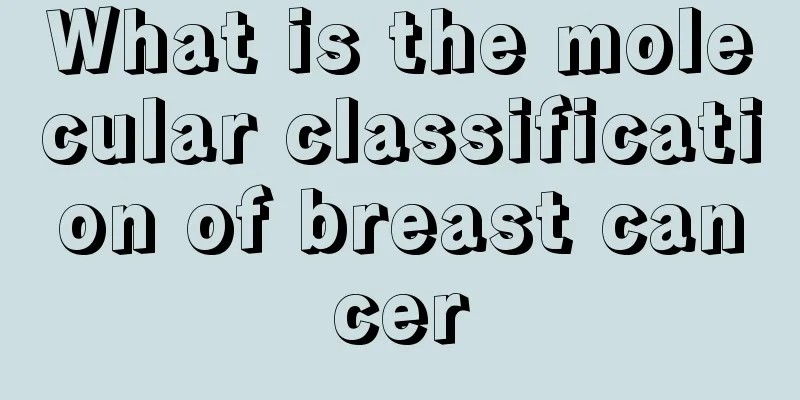Can ginger soaked in vinegar cure bone spurs?

|
In real life, bone spurs are a very common bone disease, and bone spurs are also called bone hyperplasia. As the human body ages, the degeneration of bone function will easily cause some bone spurs. Soaking ginger in vinegar is a folk remedy, but it cannot treat bone spurs. You can take some anti-inflammatory drugs or do proper exercise to relieve it. Can ginger soaked in vinegar treat bone spurs? White vinegar soaked ginger cannot treat bone hyperplasia, which can be treated with acupuncture Oral prescriptions and decoction methods Yanghe Decoction with modifications: Rehmannia root, cinnamon bark, white mustard seed, psoralea corylifolia, astragalus, angelica root, red peony root, white peony root, and phellodendron chinense. Add 300 ml of water to the above medicine, boil for 20 minutes, and take 150 ml of juice; add water to 300 ml for the second decoction, boil for 25 minutes, and take the juice; add water to 300 ml for the third decoction, boil for 30 minutes, and take the juice. Mix the three medicinal juices and take them in three doses. Each time, dissolve the deer antler gelatin and take it. Take one dose per day for a total of 20 doses. Traditional Chinese medicine uses Yanghe Decoction with modifications to nourish the kidneys and strengthen the bones, promote blood circulation, dredge the meridians and relieve pain. In the formula, cooked rehmannia, antler glue, cinnamon, and psoralea are used together to nourish the liver and kidneys and strengthen the tendons and bones; astragalus, angelica, white peony root, and red peony root are used to replenish qi and blood, nourish the tendons and bones, promote blood circulation, dredge meridians, and relieve pain; phellodendron strengthens kidney yin to help control the warm and hot nature. The combination of these medicines can nourish the kidneys and strengthen bones, dredge meridians and relieve pain to cure the root cause. Local blockade treatment Western medicine uses local drug blockade. Lidocaine can block nerves and dilate local blood vessels. Prednisone acetate has a strong anti-inflammatory effect. The combination of the two can quickly eliminate local inflammation and relieve pain symptoms to treat the symptoms. Treatment method: The patient lies prone on the treatment bed, with a small pillow placed in front of the ankle joint, the heel facing upward, and the heel stabilized. Combine acupressure with X-rays, and mark the most obvious tenderness, which is the tip of the bone spur, with gentian violet. Use a sterile 5 ml empty No. 5 needle to draw out 2 ml of 2% lidocaine and 1 ml of prednisolone acetate. After routine disinfection at the marked site, insert the needle and inject 2 ml of lidocaine and prednisolone acetate mixture. Treatment was given once every 7 days, for a total of 3 times. Treatment Using continuous epidural anesthesia, the patient's medial malleolus is about 4 cm below the tip and about 2 cm posterior as the starting point, and a 1.5-2 cm incision is made posteriorly parallel to the plantar surface of the foot. Blunt separation is performed to stop bleeding, and the bone spur is detected with a 2 mm Kirschner wire. The portable X-ray machine is used for fluoroscopic positioning. A 3.5 mm wide, 130° angle lamina rongeurs are used to probe to the bone spur along the direction of the Kirschner wire. The hypertrophic bone spur is completely bitten off, and the rough surface is then filed flat. Fluid examination shows that the original bone spur on the plantar surface of the calcaneus is smooth, and the bone is rinsed, sutured, and sterilely bandaged. Routine hemostasis and infection prevention treatment was performed after the operation. The incision was bandaged with pressure for 24 hours and the dressing was changed. The pressure was removed, the affected limb was elevated, and dorsiflexion and plantar flexion functional exercises were performed. Weight-bearing activities were tried 2 weeks after the operation. Clinical efficacy 69 patients with heel spur (69 cases of heel pain with heel spur type treated with small incision surgery) were treated with small incision surgery. The incision healed in 2 weeks in 67 cases, and in 2 patients, the incision healed in 3 weeks because it was slightly larger and too close to the plantar surface. In 65 patients, pain completely disappeared 2 weeks after surgery and they could move the affected foot normally. In 3 patients, pain disappeared 3 weeks after surgery and in 1 patient, pain disappeared 1 month after surgery. No recurrence was found in 69 patients during follow-up 1 to 5 years after surgery. |
<<: Are bone spurs caused by calcium deficiency?
>>: Will bone spurs disappear on their own?
Recommend
Where does the effect of dried bananas work
The main ingredient of dried bananas is bananas, ...
Is apple cider vinegar effective in treating gout?
Ventilation problems seriously threaten the physi...
Are there any side effects to brain X-ray surgery? More or less, there are some
There are more or less side effects of brain X-kn...
Mycoplasma pneumonia needs to be treated like this! Did you know?
Mycoplasma pneumonia is extremely harmful and can...
Anemia! Beware of colorectal cancer
Colorectal cancer is a very common disease. It is...
What are the benefits of tapping the inside of your arms?
With the continuous improvement of daily living s...
Can I do sports if I have pancreatic cancer?
Pancreatic cancer is a highly malignant tumor. Du...
What does a tooth root look like
Teeth are our important organs. People with bad t...
Warning signs of cerebral hemorrhage, be more careful in summer!
Many people know that the change of seasons is a ...
Bone cancer can be seen with joint pain or swelling
Bone cancer can cause joint pain or swelling, and...
Why do I have lower back and spine pain when I sleep lying down?
Spinal problems are a manifestation of disease th...
Reason for nausea
Nausea is a phenomenon that many people have expe...
How to supplement lipolytic enzyme
In today's society, thinness is considered be...
What are the causes of rectal cancer
In recent years, the number of people suffering f...
Cervical cancer is likely to be related to the autoimmune system
Cervical cancer is likely to be related to the au...









